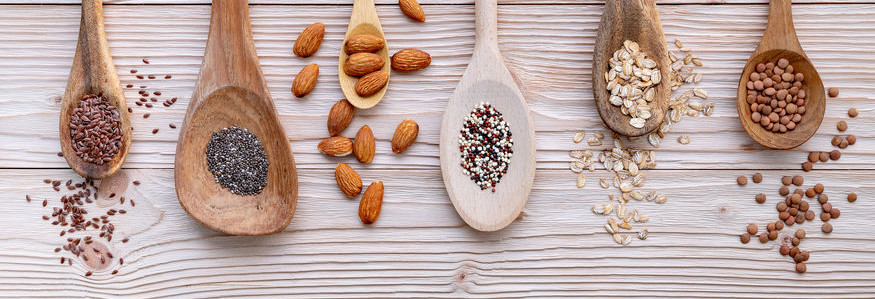
We talk about fiber a lot here. And for good reason! It’s one of the biggest baking and food trends that just keeps growing. And we find all the sources of high fiber out there fascinating.
Because lots of sources of fiber means there’s room for creativity and unique takes to find a solution that works for you and your product.
What are some sources of high fiber?
Well, in baking fiber can come from non-starch polysaccharides and resistant oligosaccharides, analogous carbohydrates, and non-glucidic components.
Non-starch polysaccharides and resistant oligosaccharides:
- Cellulose
- Hemicellulose
- Arabinoxylans
- Arabinogalactans
- Polyfructoses
- Inulin
- Oligofructans
- Galactooligosaccharides
- Gums
- Mucilages
- Pectins
Analogous carbohydrates:
- Indigestible dextrins
- Resistant maltodextrins
- Resistant potato dextrins
- Synthesized carbohydrate
- Compounds
- Polydextrose
- Methyl cellulose
- Hydroxypropylmethyl
- Cellulose
- Resistant starch
Non-glucidic components
- Lignin
Sources of fiber for bakery products:
- Cereal and cereal byproducts: wheat, oat, barley and rice
- Non-cereal sources: nuts, pea, orange, sugar beet, peach, mongo, potato, and apple
- Commercial hydrocolloids: hydroxypropylmethylcellulose (HPMC), cellulose, gums (guar gum, locust bean gum, xanthan gum), oligosaccharides such as polydextrose and maltodextrins, and inulin

